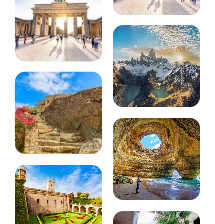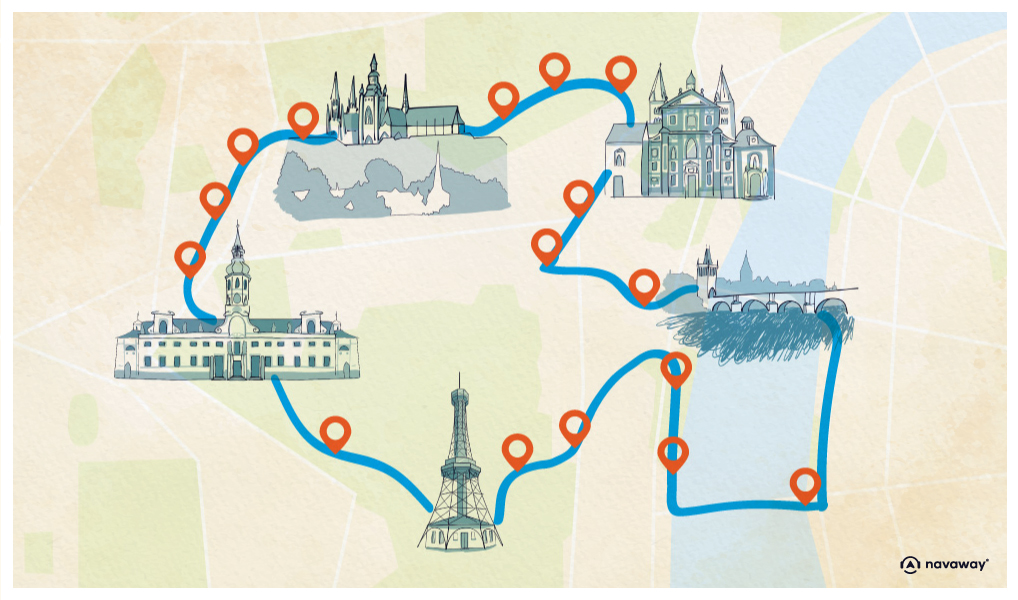
18 strange and terrifying places in the world

From islands infested with poisonous snakes to abandoned psychiatric hospitals, overcrowded cemeteries and radioactive ghost towns, our planet is full of places that defy the imagination and chill the blood. These places, filled with dark stories, urban legends and unexplained mysteries, attract thousands of thrill-seekers every year. Get ready to discover 30 of the strangest and most terrifying places in the world, where reality often surpasses fiction.
200 audioguided tours for cities all around the world
DownloadSee also :
- A round-up of the best places to eat in the world!
- The 20 best culinary specialities in Paris
- Top 7 best hotels in Paris
- Top 8 activities in Paris
- Top 10 things to do in Dublin
- Top 10 culinary specialities in Palermo
- Top 10 culinary specialities in Mexico City
- Weekend in Lisbon: visit Lisbon in 2, 3 or 4 days
- Top 8 things to do in Tokyo
- Top 10 culinary specialities in Prague
- 8 must-see historic sites and monuments in Berlin
1. The old Jewish cemetery in Prague, Czech Republic
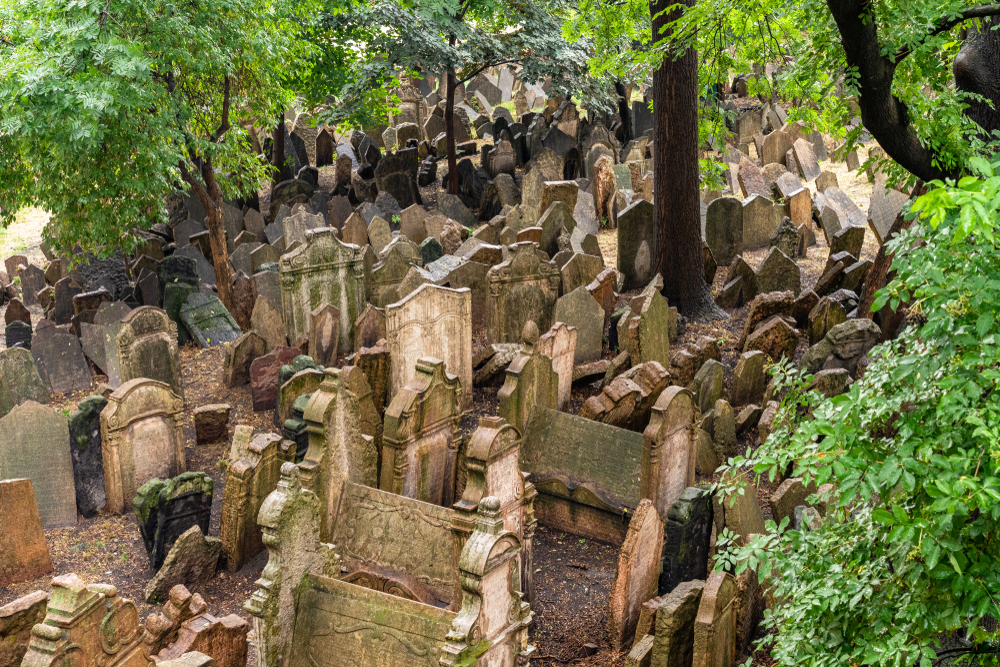
Located in the historic district of Josefov, Prague’s Old Jewish Cemetery is one of the strangest and most terrifying places in Europe. Dating back to 1478, this cemetery was used for over 300 years as the sole burial place for the city’s Jewish community. Faced with a lack of space, the bodies were buried one on top of the other, creating up to 12 layers of superimposed tombs. Today, there are around 12,000 visible headstones, but more than 100,000 people are believed to be buried there. The headstones are piled up in an anarchic fashion, creating an eerie landscape where the stones lean in all directions. The mysterious atmosphere that reigns between these old moss-covered tombs makes this place a must for those wishing to visit Prague from a darker angle.

2. The abandoned town of Pripyat, Ukraine
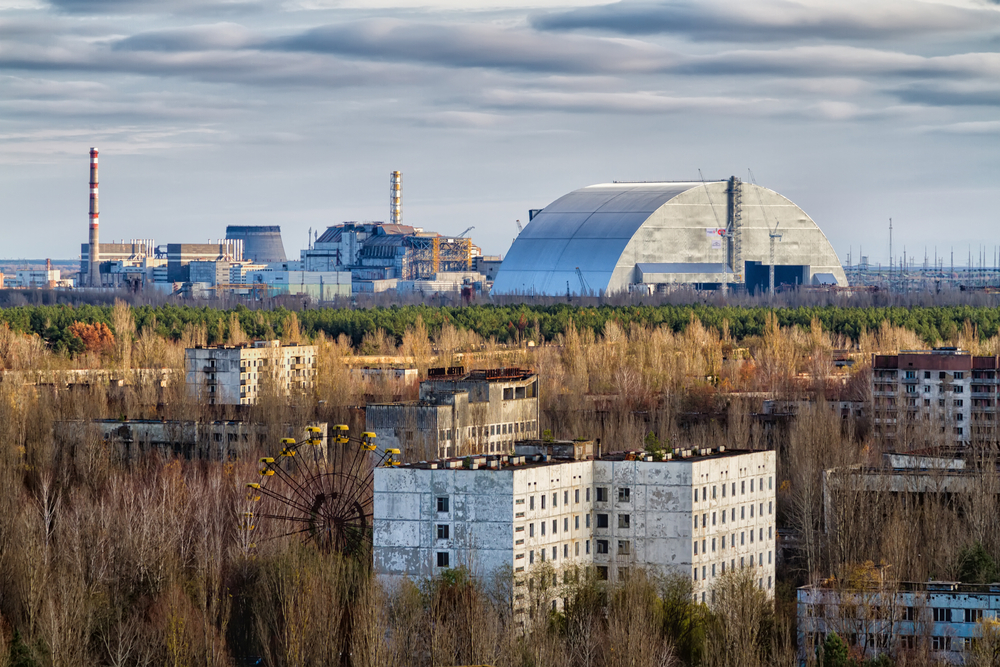
Pripyat will forever go down in history as the symbol of the Chernobyl nuclear disaster. Built in 1970 to accommodate workers at the nuclear power station, this modern town had a population of almost 50,000 before it was evacuated as a matter of urgency on 27 April 1986, the day after reactor No. 4 exploded. Now frozen in time, Pripyat has become a veritable ghost town where nature is gradually reclaiming its rights. Abandoned flats still contain the personal belongings of their occupants, classrooms still have their books open, and the Ferris wheel at the amusement park, which was due to open a few days after the accident, will never turn. Although guided tours are now organised in the exclusion zone, the post-apocalyptic atmosphere and residual radiation make Pripyat one of the most terrifying places in the world.
3 Island of Dolls, Mexico City, Mexico
South of Mexico City, in the canals of Xochimilco, lies one of the most nightmarish islands on the planet. The story begins in the 1950s, when Don Julian Santana Barrera, the island’s caretaker, discovers the body of a drowned little girl in the surrounding waters. Shortly afterwards, a doll floated by and he decided to hang it in a tree as a tribute to the missing child. Tormented by this tragedy, Don Julian spent the next 50 years of his life hanging hundreds of dolls in the trees on the island, hoping to appease the spirit of the little girl. In 2001, he mysteriously drowned in the same spot where he had found the child’s body. Today, thousands of mutilated, decomposed and terrifying dolls hang from the branches, creating an oppressive atmosphere. Visitors say that some of the dolls seem to move their eyes or heads, adding to the chilling mystery of this cursed place, which can be visited on a cruise through the floating gardens.
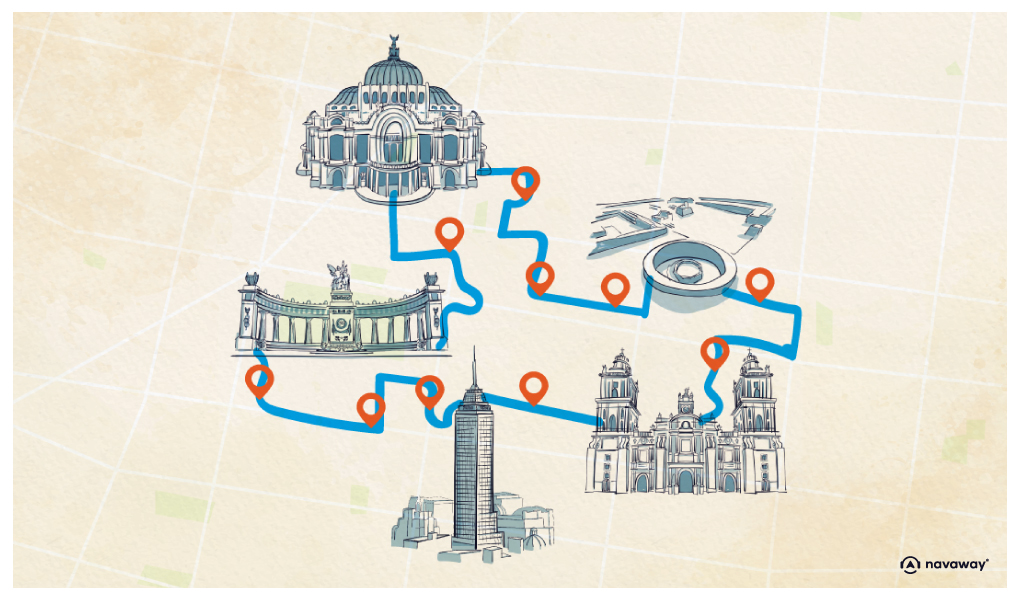
4. The Bone Chapel in Évora, Portugal

In Évora, a UNESCO World Heritage Site, lies one of Europe’s most macabre chapels. Built in the 16th century by Franciscan monks, the Capela dos Ossos (Chapel of the Bones) is decorated entirely with the bones of over 5,000 monks from the region’s overcrowded cemeteries. The walls and eight pillars of the chapel are covered with bones and skulls meticulously arranged in geometric patterns. The entrance bears a Latin inscription that sets the tone: “Nós ossos que aqui estamos, pelos vossos esperamos” (We, the bones that are here, are waiting for yours). The monks wanted to remind the living of the fragility of human existence and the inevitability of death. Two mummified bodies, including that of a child, still hang from the ceiling, adding an even more disturbing dimension to this place of morbid meditation. If you’re planning to visit Lisbon, a trip to Évora is a must to discover this unique testimony to European macabre art.
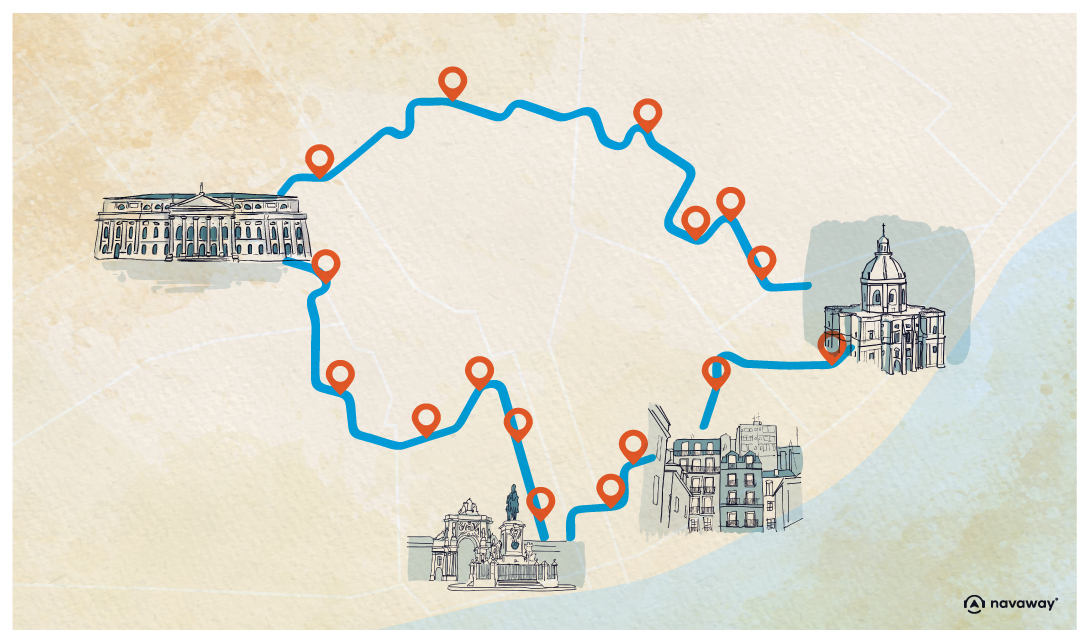
5. Cambridge Military Hospital, England
Built in 1878, Cambridge’s Military Hospital operated for over a century before closing in 1996. This imposing hospital complex cared for wounded and sick soldiers, particularly during the two world wars. There were many reasons for its closure: exorbitant maintenance costs, the massive presence of asbestos in the walls and the dilapidated state of the facilities. Since it was abandoned, the hospital has become a favourite haunt for urbex (urban exploration) enthusiasts. The endless corridors with their peeling walls, rusting operating theatres, overgrown wards and labyrinthine basements create a particularly oppressive atmosphere. There have been numerous reports of paranormal phenomena: footsteps, slamming doors, furtive shadows and the sensation of being watched. The authorities have tried to block off access, but the building continues to attract curious visitors despite the dangers posed by asbestos and the progressive collapse of the structure.
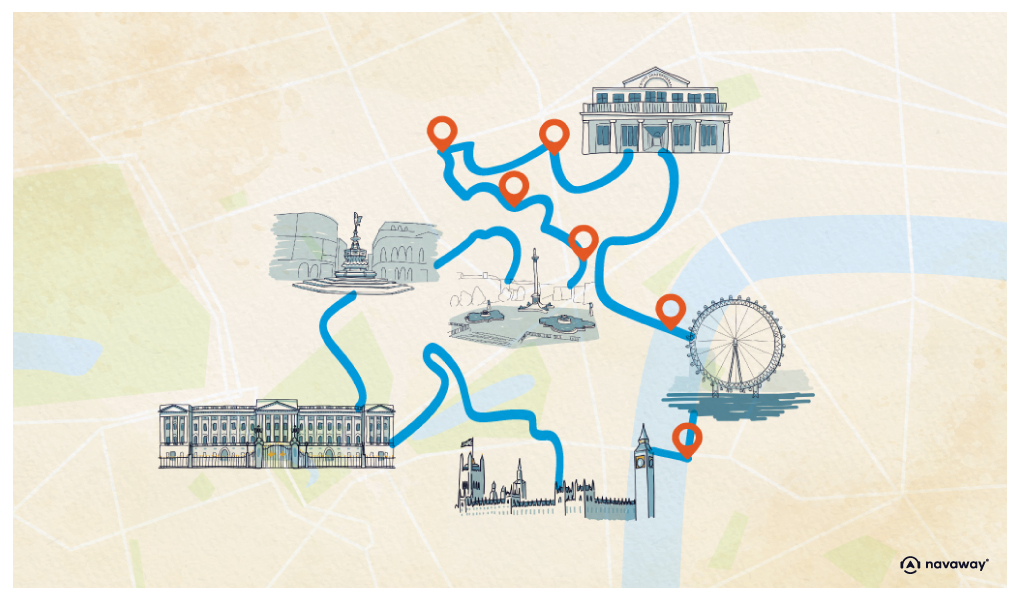
6. Aokigahara forest, Japan
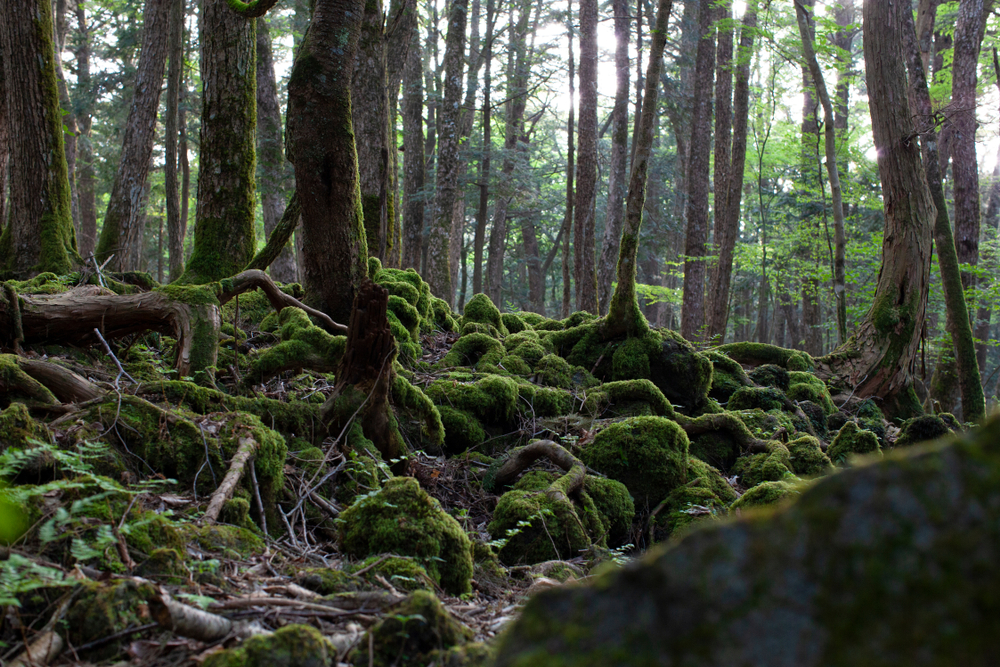
At the foot of Mount Fuji lies Aokigahara, a lush forest covering 35 square kilometres that hides a sinister reputation. Nicknamed “the suicide forest” or “the sea of trees”, Aokigahara is the second most popular place in the world for suicide, after San Francisco’s Golden Gate Bridge. Since the 1950s, hundreds of people every year have come to end their lives in this dense forest, where the volcanic soil absorbs sound, creating an eerie silence. The vegetation is so thick that bodies can remain hidden for months or even years. The authorities have placed signs at the entrance to the forest with dissuasive messages in Japanese: “Your life is a precious gift from your parents” or “Please consult the police before deciding to die”. Regular patrols are organised to find people in distress. Beyond this sad reality, Aokigahara is also known for its magnetic phenomena that disrupt compasses, making orientation difficult and adding to the sense of isolation and bewilderment that hikers can feel.

7. The abandoned monument at Buzludzha, Bulgaria
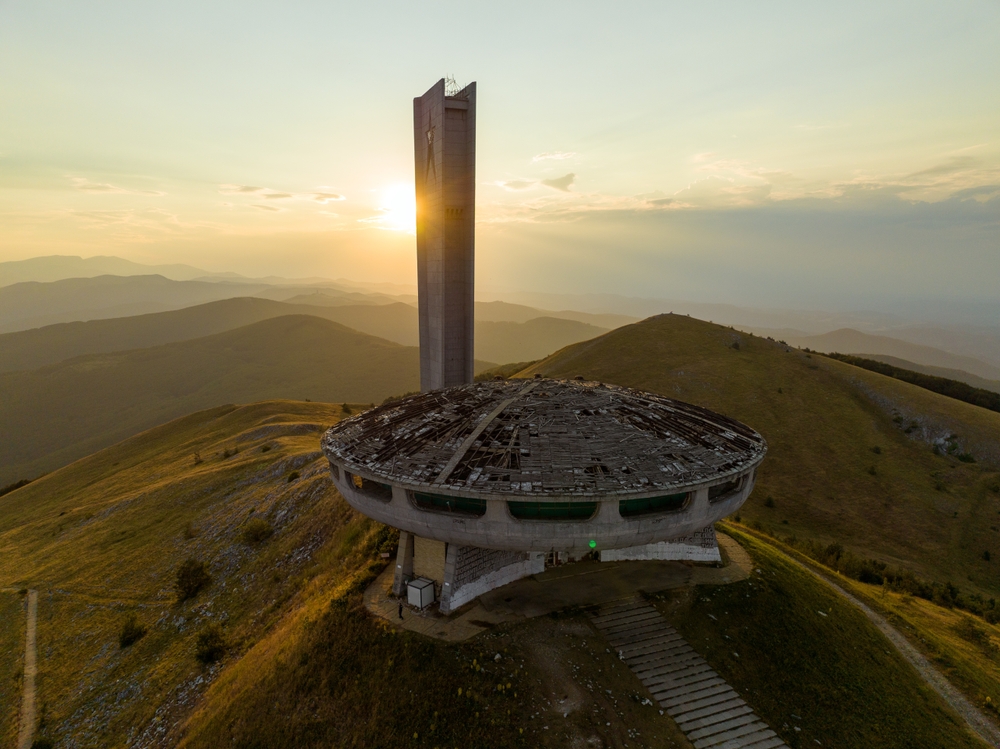
Perched at an altitude of 1,441 metres on Mount Buzludzha in the Balkan Mountains, stands a unique monument that resembles a stranded flying saucer. Inaugurated in 1981, this building in the shape of a disc 70 metres in diameter was the home of the Bulgarian Communist Party. The interior walls were covered with sumptuous mosaics depicting Lenin, Marx and scenes glorifying communism. After the fall of the regime in 1989, the monument was abandoned and vandalised. Today, the windows are broken, some of the mosaics have been ripped out, and the structure is deteriorating rapidly under the effects of frost and wind. Access is officially forbidden because of the danger of collapse, but that doesn’t stop urban explorers from all over the world coming to photograph this futuristic relic of the Soviet era. The monument’s brutalist architecture, combined with its isolated location and advanced state of disrepair, make it one of the most photographed and mysterious abandoned places in Europe.
8. The abandoned psychiatric hospital in Parma, Italy
The former psychiatric hospital in Colorno, near Parma, became famous thanks to the artistic interventions of Brazilian street artist Herbert Baglione. In 2009, the artist produced a series of works depicting silhouettes of human shadows on the dilapidated walls of the establishment, which was closed in 1978. These ghostly paintings, entitled ‘1000 Shadows’, bring to life the tormented souls that once wandered these corridors. The black shadows seem to crawl along the peeling walls, escape through the broken windows or cower in the dark corners of the isolation cells. The hospital itself bears the scars of its dark past: restraint chambers, hydrotherapy rooms, rusting medical equipment and scattered patient files. The art installation amplifies the sense of unease and sadness that emanates from this place where so many people have suffered. The combination of contemporary art and decrepit architecture creates a unique atmosphere that is both poetic and deeply disturbing, raising questions about the treatment of mental illness in the 20th century.
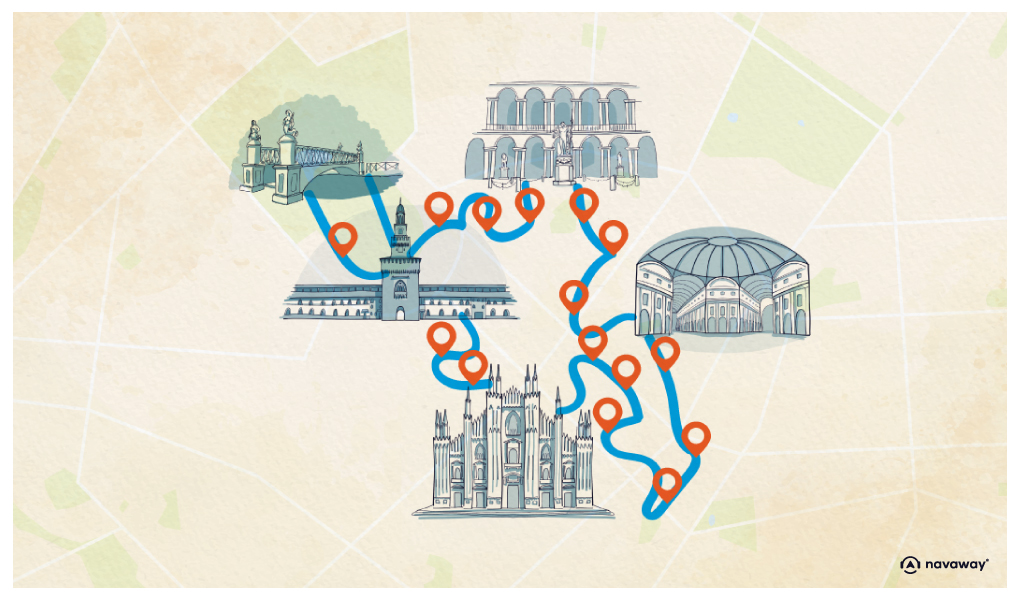
9. Sedlec ossuary, Czech Republic
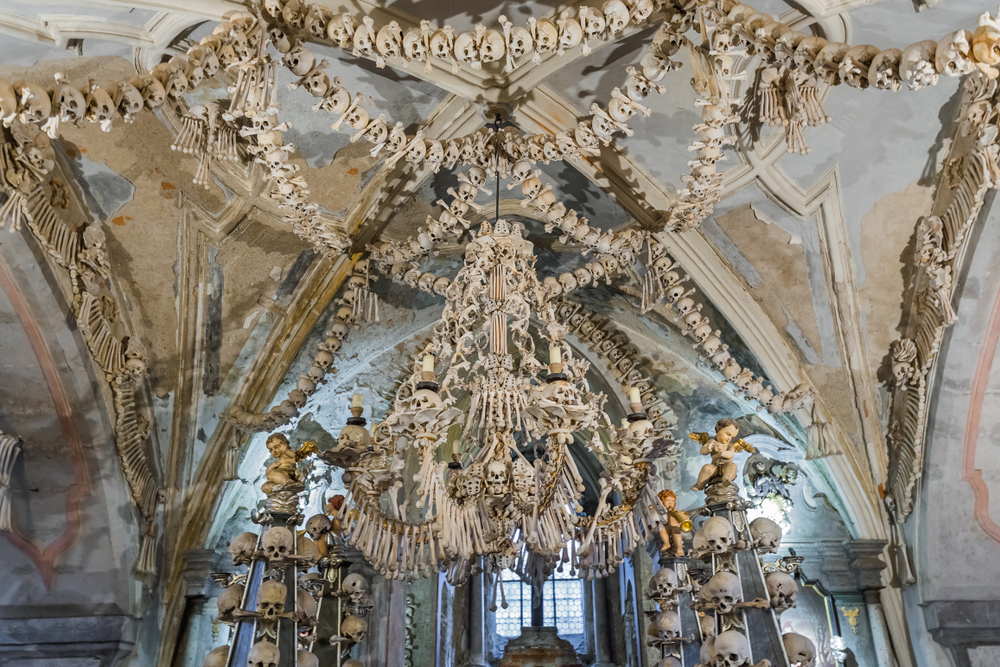
A few kilometres from Prague, in the small town of Kutná Hora, lies the Chapel of All Saints, better known as the Sedlec Ossuary or “Church of the Bones”. This unique site houses the remains of between 40,000 and 70,000 people, artistically arranged to decorate the interior of the chapel. The story begins in the 13th century, when an abbot brought back from the Holy Land a handful of earth from Golgotha and spread it in the monastery cemetery. From then on, nobles and wealthy people from all over Central Europe wanted to be buried in this now sacred site. By the 15th century, the cemetery was saturated and an ossuary was built to store the exhumed bones. In 1870, a woodcarver by the name of František Rint was hired to artistically arrange the bones. He created stunning decorations: a chandelier containing at least one copy of every bone in the human body, garlands of bones, pyramids of skulls, and even the Schwarzenberg family coat of arms made entirely from bones. Today, the Sedlec ossuary is one of the most visited tourist attractions in the Czech Republic, and is a fascinating, if macabre, testimony to European funerary art.
10. Beelitz-Heilstätten sanatorium, Germany
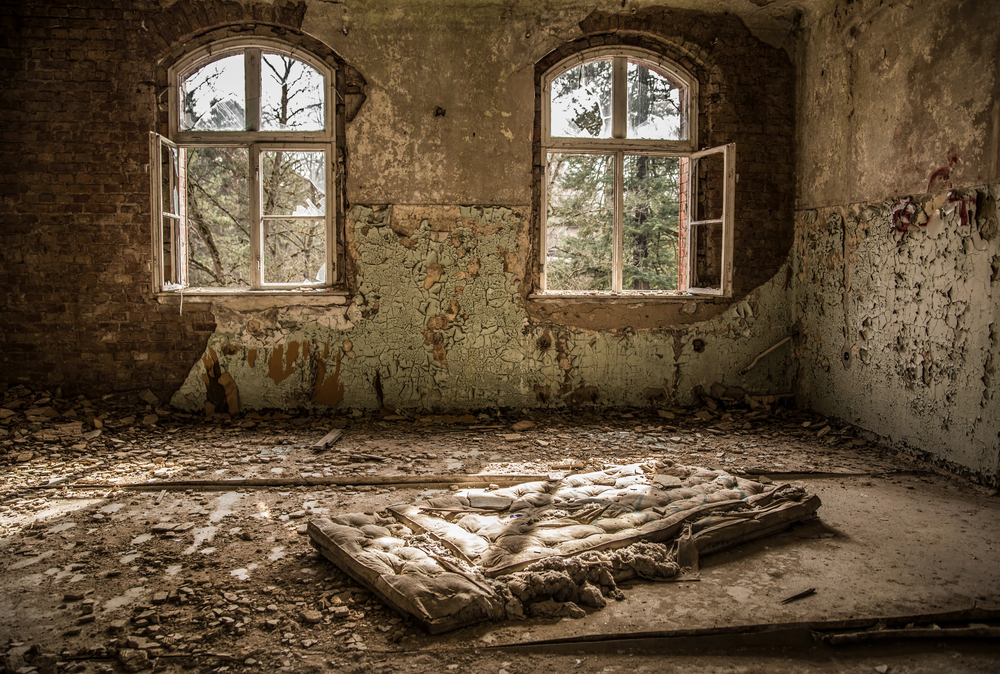
Around sixty kilometres south-west of Berlin stands a huge abandoned hospital complex that looks like something out of a horror film. Built between 1898 and 1930, the Beelitz-Heilstätten sanatorium comprised more than 60 buildings for the treatment of tuberculosis. The complex was home to Adolf Hitler, who was wounded during the Battle of the Somme in 1916. During the Second World War, the Nazis used it as a military hospital, before the Soviet Red Army occupied it until 1994. Since its abandonment, nature has reclaimed its rights: trees grow through the collapsed roofs, ivy covers the red brick façades, and the abandoned operating theatres are overgrown. The endless corridors, broken-tiled operating theatres, old patient rooms with rusty furniture and labyrinthine basements create a particularly oppressive atmosphere. Some of the buildings have been renovated and converted into rehabilitation centres, but the majority of the site remains derelict. Guided tours are now available of this impressive example of early 20th-century hospital architecture, and a footbridge has been built over the trees to provide a spectacular view of the abandoned complex.

11. St George’s Church in Lukova, Czech Republic
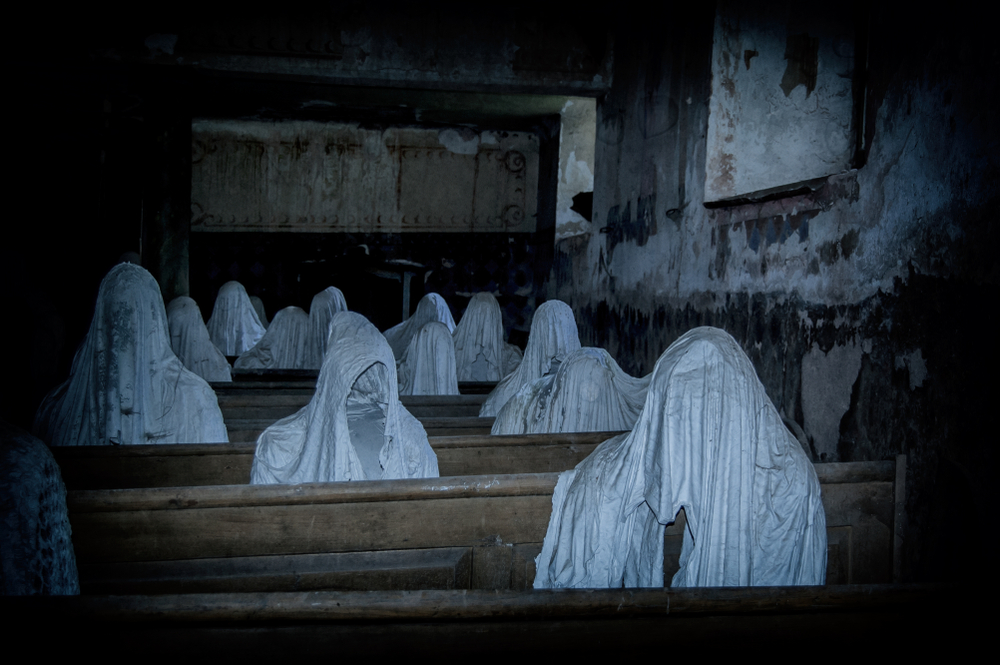
In the small village of Lukova, in the Czech Republic, stands a church unlike any other. St George’s Church, which dates back to the 14th century, was gradually abandoned after part of its roof collapsed during a funeral ceremony in 1968. The building remained abandoned for more than 40 years, until an art student, Jakub Hadrava, decided to install 30 plaster ghost sculptures covered in white sheets in 2012. These spectral statues are arranged in the pews as if they were attending an eternal mass. Some are standing, others are kneeling in prayer, and a few seem to be turning towards visitors. The aim of the art installation, entitled ‘The Ghosts of the Church’, is to draw attention to the endangered heritage and generate funds for the restoration of the church. The result is striking: in the half-light of the dilapidated building, the sculptures create an atmosphere that is both poetic and terrifying. The church has become a tourist attraction, generating enough income to gradually finance its restoration, proving that art can sometimes save heritage.
12. The catacombs of Paris, France
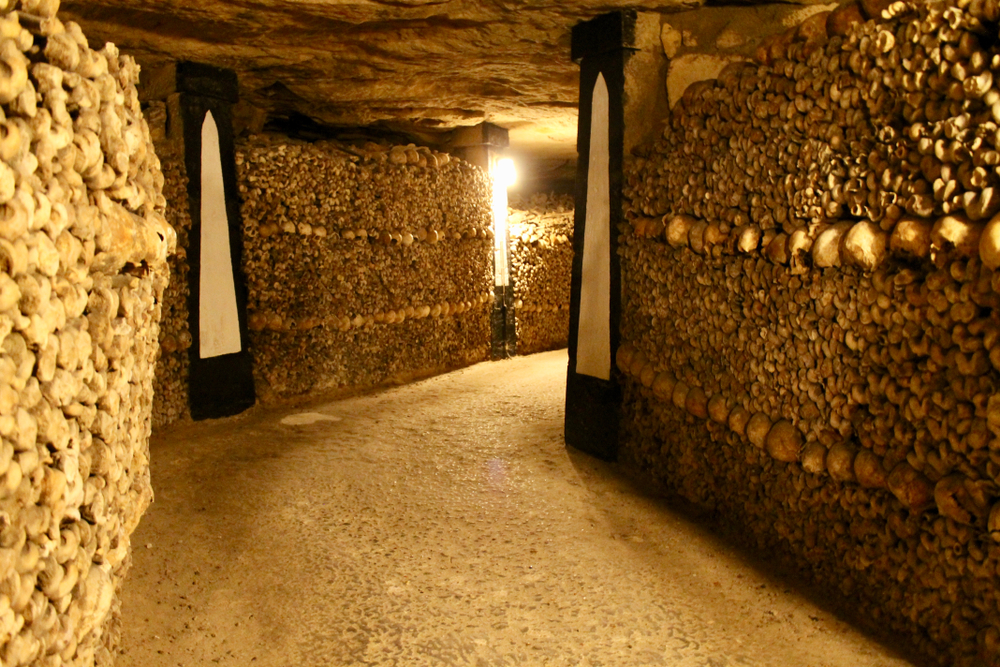
If you want to discover the French capital in an original and in-depth way, let yourself be guided by Navaway’saudio tour of Paris. This application lets you explore the city at your own pace, with historical commentaries and fascinating anecdotes about iconic monuments such as the Champs-Élysées, the Eiffel Tower and, of course, the entrance to the famous catacombs. You’ll be able to enhance your visit to the capital before plunging into its mysterious bowels.
Beneath the bustling streets of Paris lies a veritable empire of the dead. The catacombs of Paris form a network of underground galleries almost 300 kilometres long, of which around 1.7 kilometres are open to the public. 20 metres underground lie the bones of more than 6 million Parisians, transferred here between 1785 and 1860 when the capital’s overcrowded and unsanitary cemeteries were emptied. The bones are meticulously stacked several metres high along the walls, forming veritable walls of skulls and femurs. The main entrance bears the inscription: “Stop, this is the empire of death”. The official tour passes through several themed rooms where the bones are arranged artistically, forming columns, hearts or crosses. The constant temperature of 14°C and the ambient humidity add to the unease felt during the visit. In addition to the tourist attractions, there are hundreds of kilometres of uncharted galleries where “cataphiles”, clandestine explorers who defy all bans and dangers, venture to discover secret rooms, shafts, underground lakes and former bunkers from the Second World War. When you’re planning a visit to Paris, a descent into the catacombs offers a unique and unsettling insight into the history of the French capital.
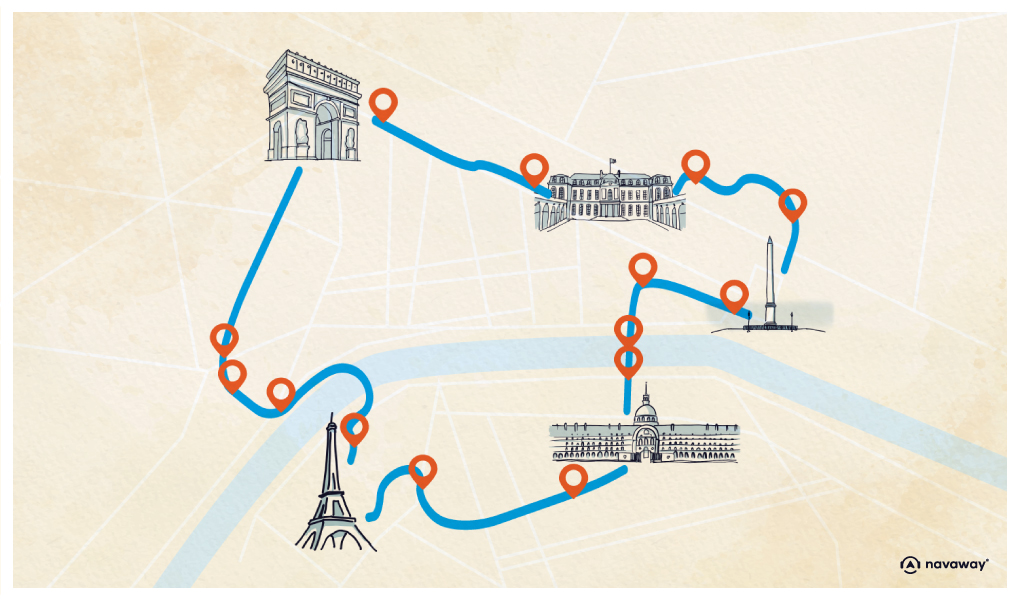
13. Centralia, Pennsylvania, United States
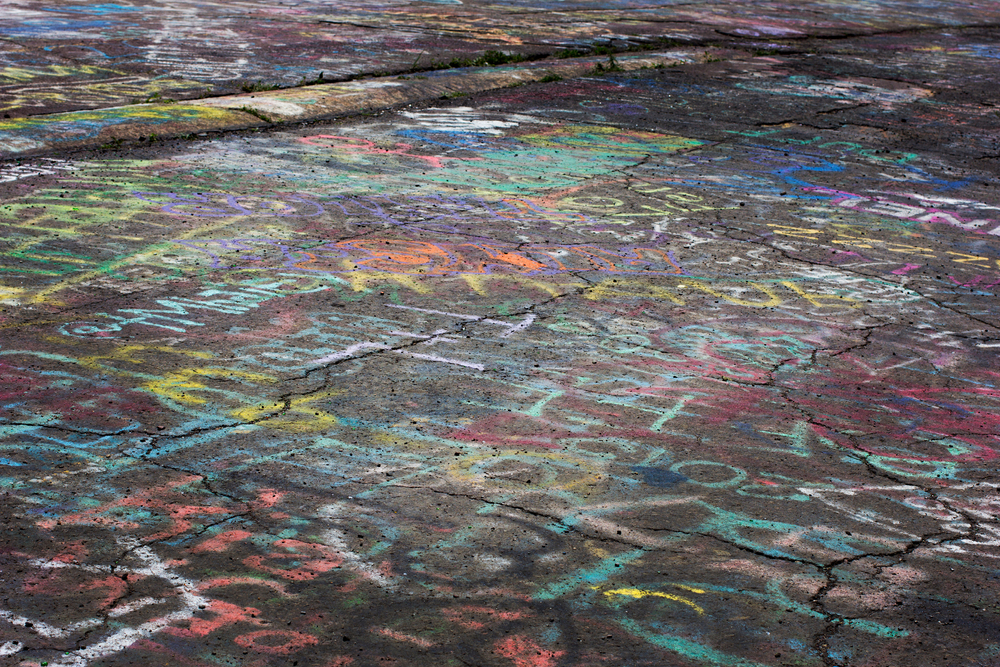
Centralia was a peaceful mining town in Pennsylvania with a population of over 1,000 in the 1960s. Today, it has become a ghost town where a few diehards still live, refusing to leave. In 1962, a fire in a municipal landfill above an old coal mine spread into the underground coal seams. Despite several attempts to extinguish the fire, it was never brought under control and is still burning 60 years later. The consequences were dramatic: toxic fumes escaping from the ground, land collapses, carbon monoxide seeping into homes. In 1981, a 12-year-old child was almost swallowed up by a 45-metre-deep chasm that opened up beneath his feet. The State of Pennsylvania finally decreed a total evacuation in 1984 and removed the town’s postcode. Today, Centralia resembles a post-apocalyptic landscape: destroyed houses, sparse vegetation, smoke billowing from cracks in the ground, and above all, the cracked and graffiti-covered former Route 61, which has become an attraction for urbex enthusiasts. Scientists estimate that the fire could continue to burn for another 250 years. This cursed town inspired the Silent Hill video game and represents one of the longest-running environmental disasters in American history.
14. Poveglia, the island of the plague, Italy
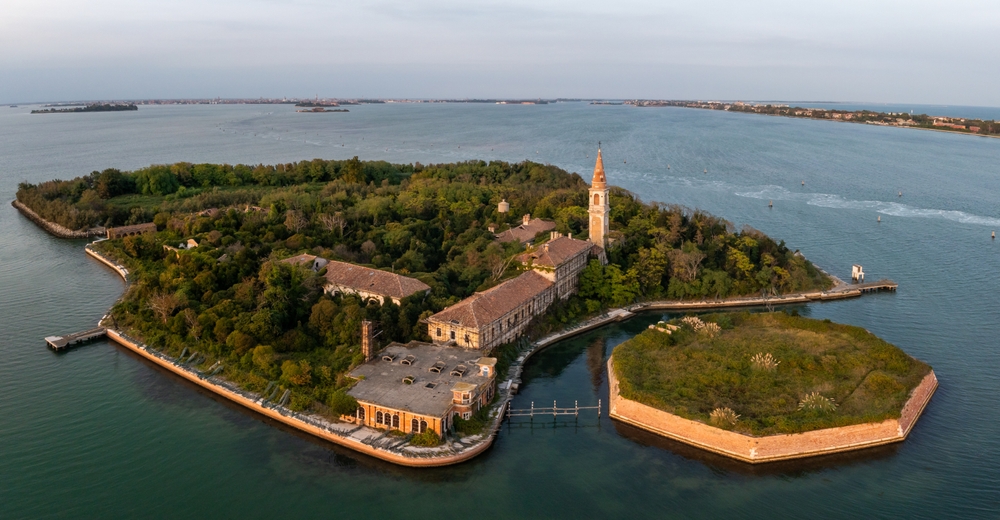
In the Venice lagoon, between the Serenissima and the Lido, lies Poveglia, a small island that Italians consider to be the most haunted place in their country. The dark history of Poveglia begins in the 14th century, when the Black Death ravaged Europe. Venice decided to use the island as a quarantine station for plague victims. Between 1793 and 1814, more than 160,000 patients were sent there to die in atrocious conditions. The bodies were piled into huge mass graves and burnt. It is estimated that 50% of the island’s soil is composed of human ashes. In 1922, the island became home to a psychiatric hospital, which closed in 1968 under mysterious circumstances. Legend has it that a head doctor carried out sadistic experiments on patients, including lobotomies using a hammer and chisel. Tormented by the ghosts of his victims, he is said to have thrown himself from the top of the bell tower. Since 1968, the island has been completely abandoned and access to it is strictly forbidden. Venetian fishermen avoid approaching the island, claiming to hear screams and see shadows moving about. In 2014, the Italian government tried to sell the island at auction to pay off the public debt, but the buyer eventually abandoned the development project. Today, Poveglia remains a cursed place where no one wants to set foot, a symbol of a tragic history and urban legends that continue to fuel imaginations.
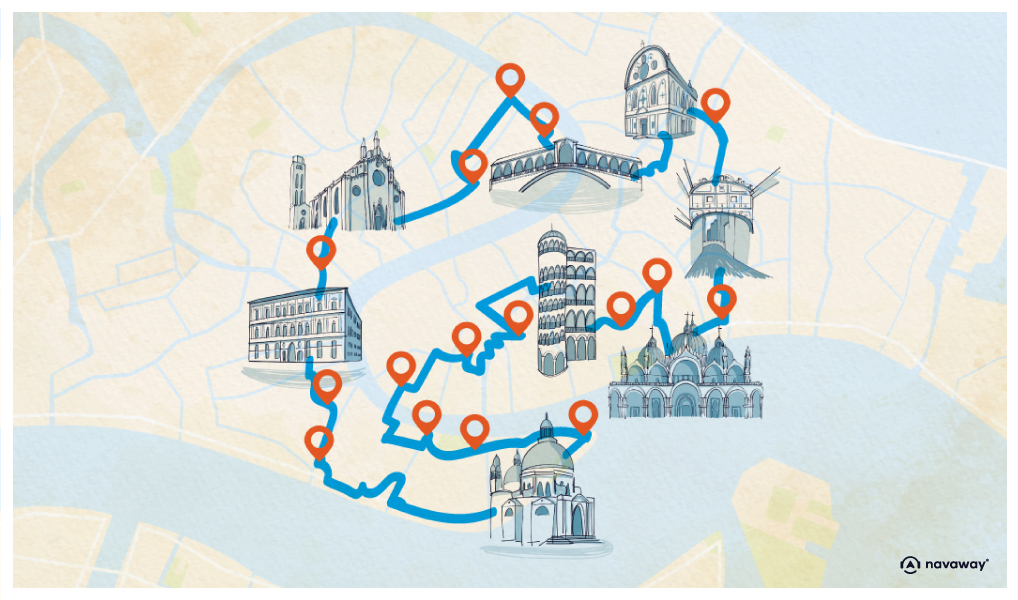
15. Hill of the Crosses, Lithuania
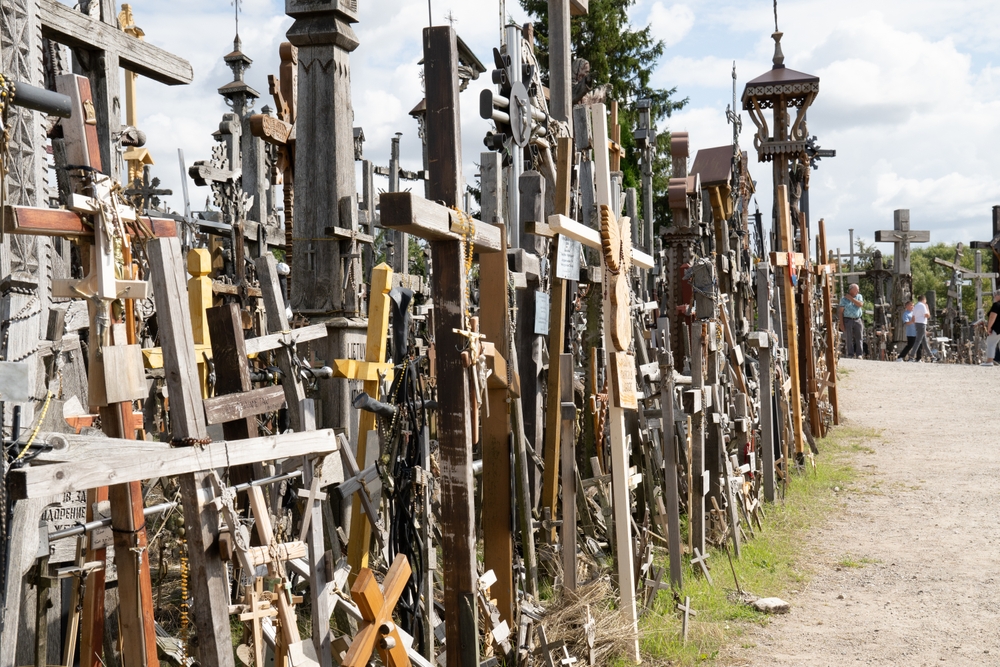
In the north of Lithuania, near the town of Šiauliai, stands a hill covered with almost 200,000 crosses of all sizes. This unique pilgrimage site combines religious fervour and political resistance in an atmosphere that is both spiritual and disturbing. The tradition dates back to the 19th century, when the families of Lithuanian rebels killed by the Tsarist army came to plant crosses in their memory. The practice intensified under the Soviet occupation: planting a cross became an act of peaceful resistance against state atheism. The Communist authorities made several attempts to destroy the site, even bulldozing the hill and burning the wooden crosses. But the Lithuanians kept coming back, planting even more crosses. Today, crosses of all styles are piled one on top of the other: large carved wooden crosses, small pocket crosses, metal crucifixes, crosses decorated with photos of the dead, hanging rosaries. Some are several metres high, others fit in the palm of a hand. The wind makes thousands of medals and rosaries tinkle, creating a strange, hypnotic melody. In 1993, Pope John Paul II visited the site and declared it “a place of hope, peace, love and sacrifice”. Despite this papal blessing, the atmosphere remains unsettling, especially at dusk or in the fog, when the thousands of crosses stand out like an army of ghostly silhouettes.
16. Leap Castle, Ireland
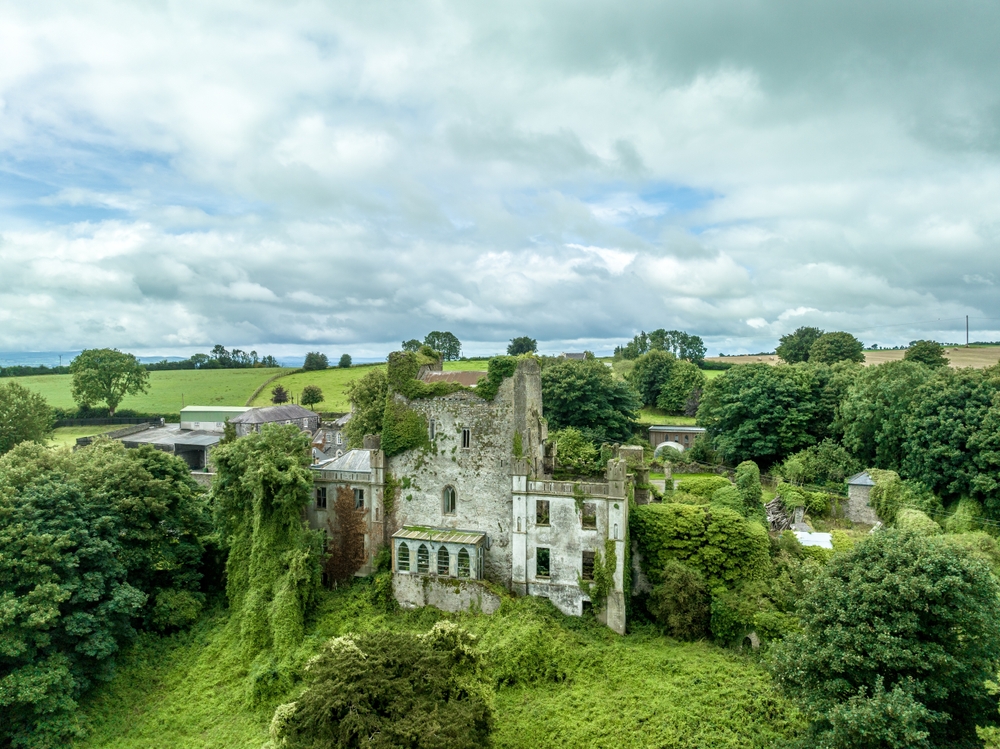
Leap Castle, in County Offaly, Ireland, has a sinister reputation as the most haunted castle in the world. Built in the 15th century by the O’Carroll clan, the castle has been the scene of massacres, betrayals and murders for centuries. The most famous story is that of the priest killed by his own brother in 1532 while celebrating mass in the castle chapel. This room has since been nicknamed the “Bloody Chapel” and is said to be haunted by the spirit of the murdered priest. But this is just one of the many ghosts said to roam Leap Castle. During renovation work in the 1900s, an oubliette (a dungeon where prisoners were thrown to die) was discovered, filled with human bones impaled on spikes. It is estimated that at least 150 people died there in excruciating agony. The castle is also said to be haunted by a particularly malevolent entity known as the ‘Elemental’, described as a half-man, half-beast creature with the smell of rotting flesh. The castle’s current owners, who have lived there since 1974, regularly report paranormal phenomena: apparitions of women in white, ghostly children, footsteps in empty corridors, objects that move on their own and a feeling of suffocation in certain rooms. The castle now welcomes visitors and paranormal investigators from all over the world, attracted by its sulphurous reputation and bloody history.
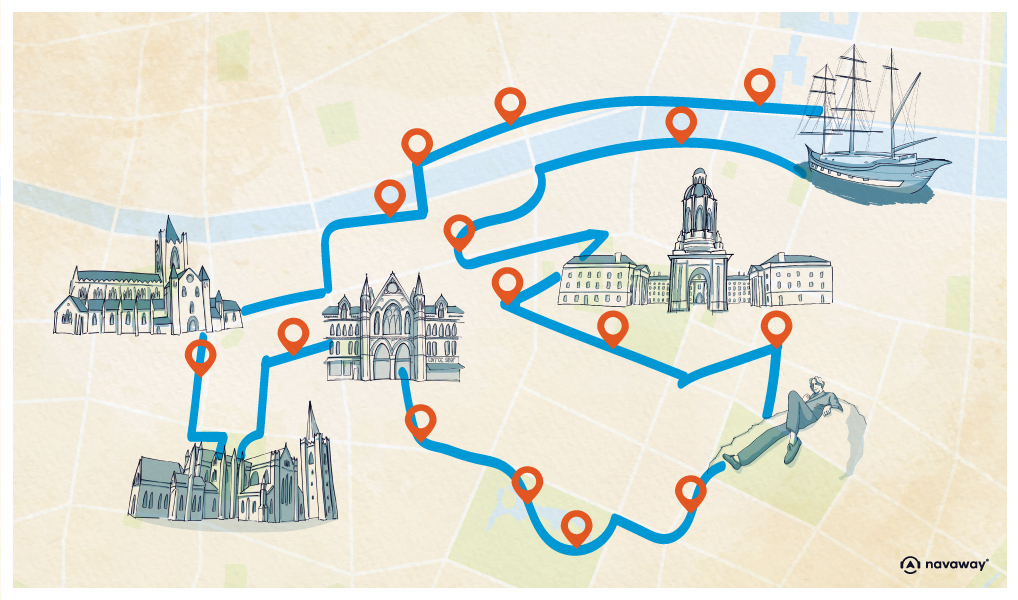
17. Chauchilla cemetery, Peru
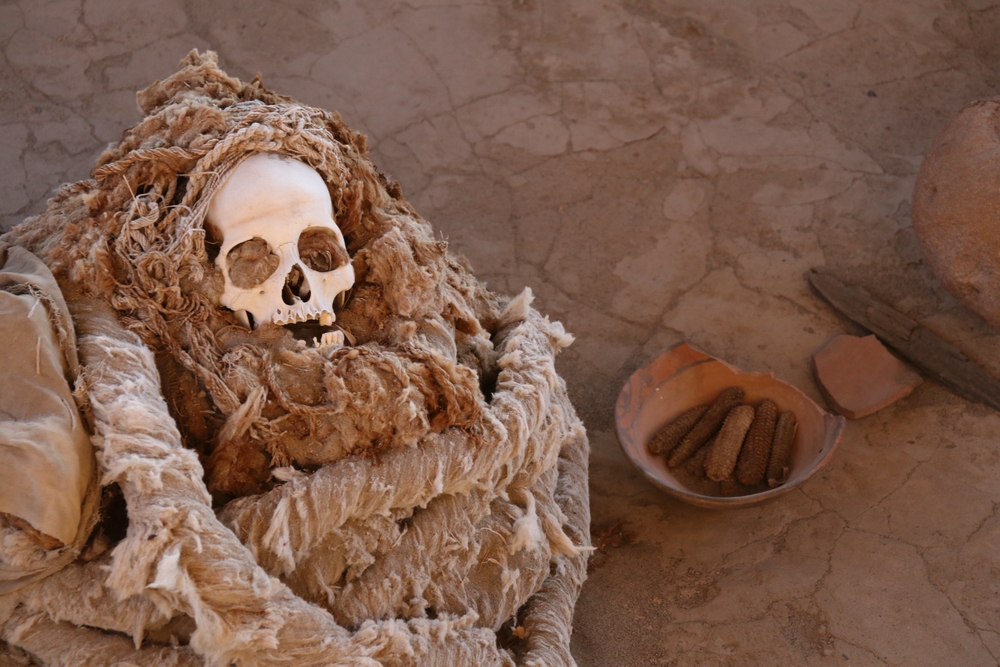
30 kilometres from Nazca, in the Peruvian desert, lies the Chauchilla cemetery, one of the strangest and best-preserved burial sites in South America. This pre-Columbian cemetery, used between 200 and 900 AD by the Nazca culture, contains dozens of tombs containing mummies perfectly preserved thanks to the extremely dry climate of the Peruvian coastal desert. Unlike traditional cemeteries, the bodies are not buried deep but in shallow burial chambers. What makes this site particularly disturbing is that the mummies are displayed in the open air, sitting in the foetal position, still dressed in their cotton funeral textiles and surrounded by pottery, offerings and personal objects. The features of their faces are still visible: open mouths revealing teeth, long, thick hair, withered skin stretched over the bones. Some mummies still wear gold or silver jewellery. In the 1980s, the site was looted on a massive scale by huaqueros (grave robbers), who scattered the bones and stole valuable objects. The Peruvian government has since reorganised the cemetery, gathering the remains and objects found in around twenty open tombs accessible to visitors. Walking between these tombs in the silence of the desert, under a blazing sun, in front of these mummies that seem to have been watching you for over a thousand years, is an experience that is both fascinating and deeply disturbing. The Chauchilla cemetery is a unique testimony to the burial practices of the Nazca culture, and a reminder that in certain exceptional climatic conditions, the dead can defy time.
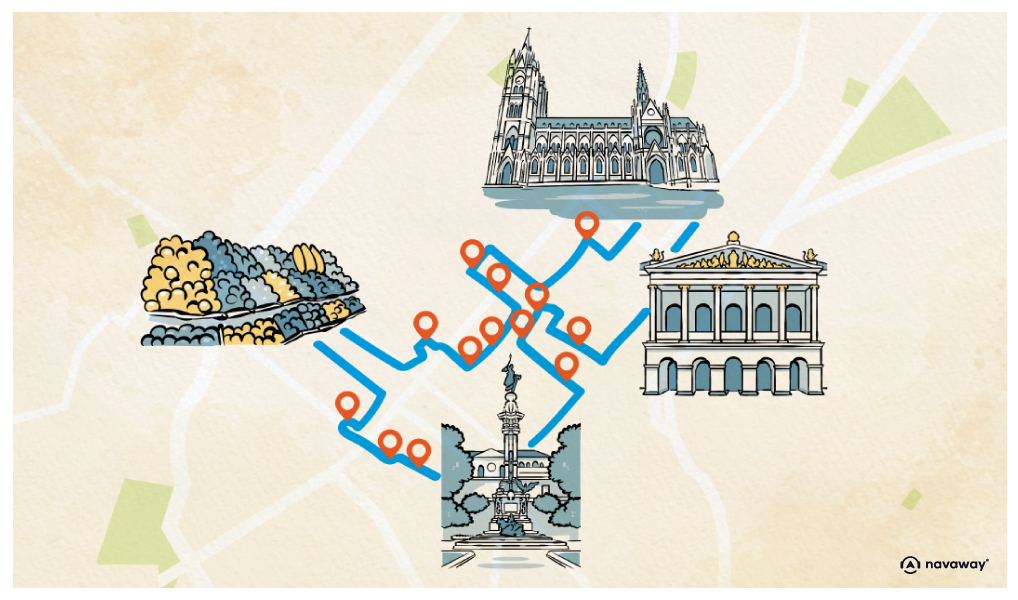
18. The Capuchin catacombs in Palermo, Italy
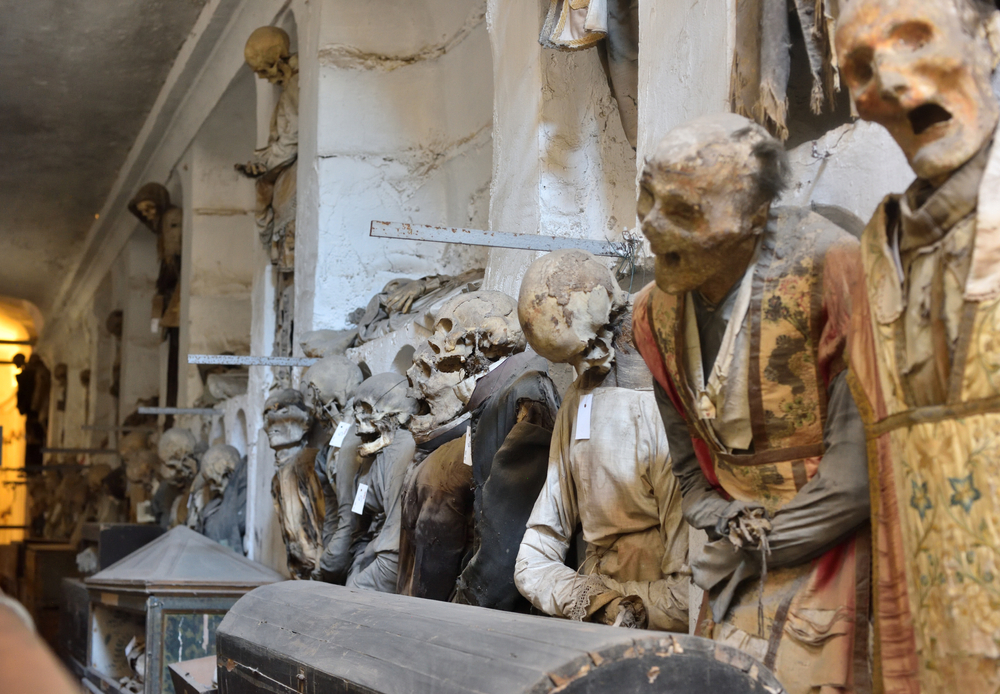
Beneath the Capuchin convent in Palermo, Sicily, lies one of the most macabre and best-preserved necropolises in the world. The Capuchin catacombs house around 8,000 mummified bodies, displayed along the walls in standing, sitting and reclining positions. What makes this place particularly disturbing is that, unlike other ossuaries, the bodies are not reduced to skeletons, but retain their desiccated flesh and, for many, their period clothing. The story begins in 1599, when the Capuchin monks discovered that the special soil in their crypts allowed the bodies to mummify naturally. They decided to bury their deceased brothers there. Over the centuries, Palermo’s notables, aristocrats and wealthy families also asked to be buried there, considering it a privilege. The bodies are embalmed by immersion in arsenic or vinegar, then dried in the sun before being dressed in their finest finery and placed in the catacombs. The galleries are organised by category: monks’ corridor, men’s corridor, women’s corridor, virgins’ corridor, children’s corridor, professionals’ corridor (doctors, lawyers, etc.). Some of the bodies are remarkably well preserved, while others have decomposed, leaving grimacing faces and skeletal bodies clad in tattered clothing. The practice officially ceased in 1881, but the last mummification took place in 1920 for Rosalia Lombardo, a two-year-old girl who died of Spanish flu. Embalmed using a secret process that included formaldehyde, zinc and alcohol, she was nicknamed “Sleeping Beauty” because of her exceptional preservation. Her body rests in a glass coffin, and she seems to be sleeping peacefully with her blonde curls and the knot in her hair. Visiting the Capuchin catacombs is an unforgettable and deeply disturbing experience that confronts us with our own mortality and the burial practices of the Sicilian aristocracy.
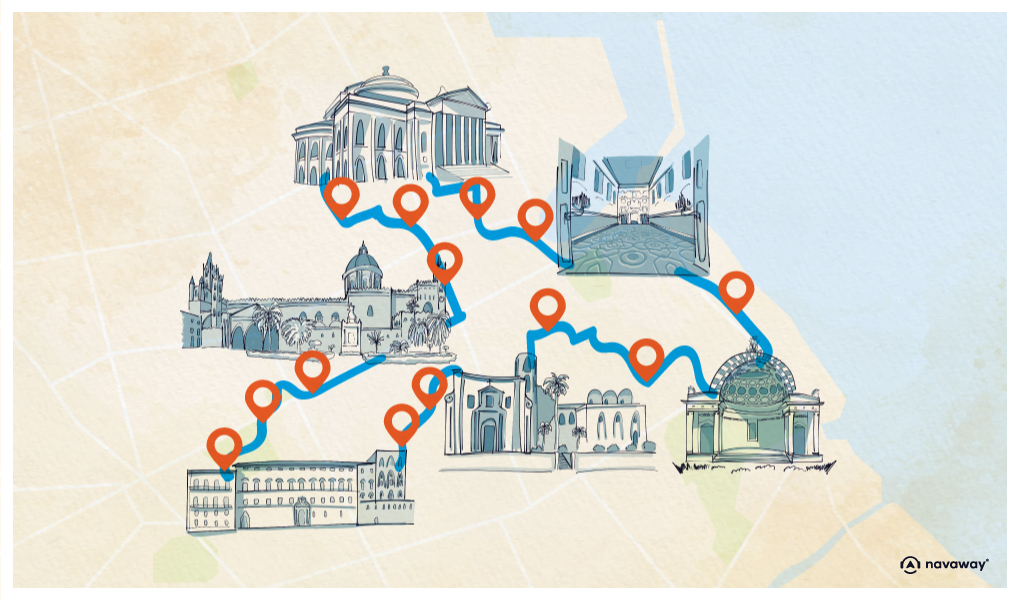
In conclusion, our planet is full of places that defy the imagination and bear witness to the sometimes dark history of humanity. From cursed islands to abandoned psychiatric hospitals, from overcrowded cemeteries to radioactive ghost towns, these 30 places embody our deepest fears and remind us that reality can sometimes surpass fiction. Whether you’re a thrill-seeker, history buff or simply curious about the mysteries of our world, these strange and terrifying places offer a unique perspective on past civilisations, human disasters and urban legends that continue to fascinate. If you’re looking to explore more conventional destinations before venturing to these extreme places, be sure to check out Navaway’s audio tours of the world’s most beautiful cities on your own. After all, even the most famous capitals sometimes hide their own secrets and mysterious places, like the catacombs of Paris, which remind us that beneath the City of Light lies an empire of the dead.
Frequently asked questions
What’s the most terrifying place in the world?
In terms of actual danger, the island of Queimada Grande in Brazil takes the cake with its extreme concentration of deadly poisonous snakes. In terms of spooky atmosphere and reputation, Poveglia in Italy and the catacombs of Palermo in Sicily are among the most terrifying places, combining tragic history, the presence of human remains and haunting legends.
Can we visit these strange and terrifying places?
Some of these sites are open to the public with official guided tours, such as the Paris catacombs, the old Jewish cemetery in Prague, the Sedlec ossuary, the Capuchin catacombs in Palermo or the Pripyat exclusion zone. Others are strictly off-limits, such as the island of Queimada Grande, Poveglia and parts of the Beelitz-Heilstätten complex. Before planning a visit, always find out about local legislation and access conditions.
Are there similar places in France?
France also has its strange and mysterious places. The catacombs of Paris are the most famous, but there are also the abandoned Waverly sanatorium in Aincourt, the ghost village of Oradour-sur-Glane (frozen in time since the 1944 massacre), Breton ossuaries such as La Martyre, and abandoned mines and disused military forts dotted around the country. To discover France’s heritage from a more traditional angle, explore Navaway’s audio-guided itineraries, which take in some of the most beautiful towns and cities in France.
Why are we drawn to these terrifying places?
The attraction of strange and terrifying places stems from a number of psychological factors: a fascination with the forbidden and the dangerous, the need to test our emotional limits in a controlled environment, an interest in history and unsolved mysteries, and the search for adrenaline. These places also confront us with our own mortality and allow us to explore our fears in a relatively safe setting. The rise of urbex (urban exploration) and dark tourism is testament to this growing interest in abandoned, morbid or tragically historic places.
200 audioguided tours for cities all around the world
Download